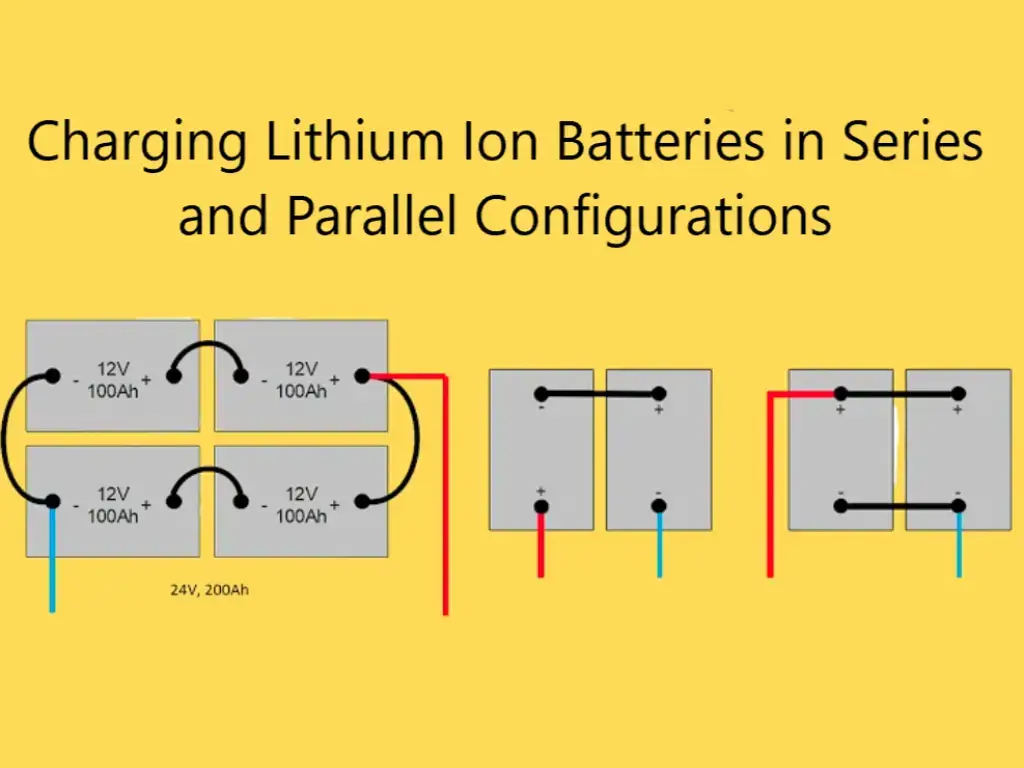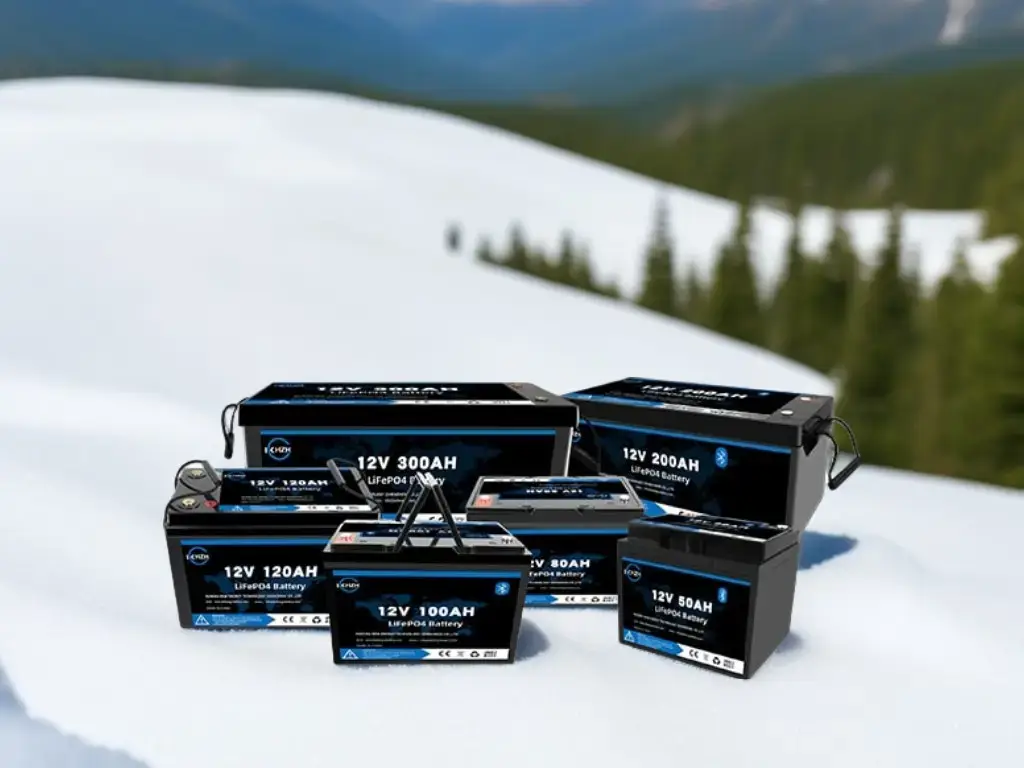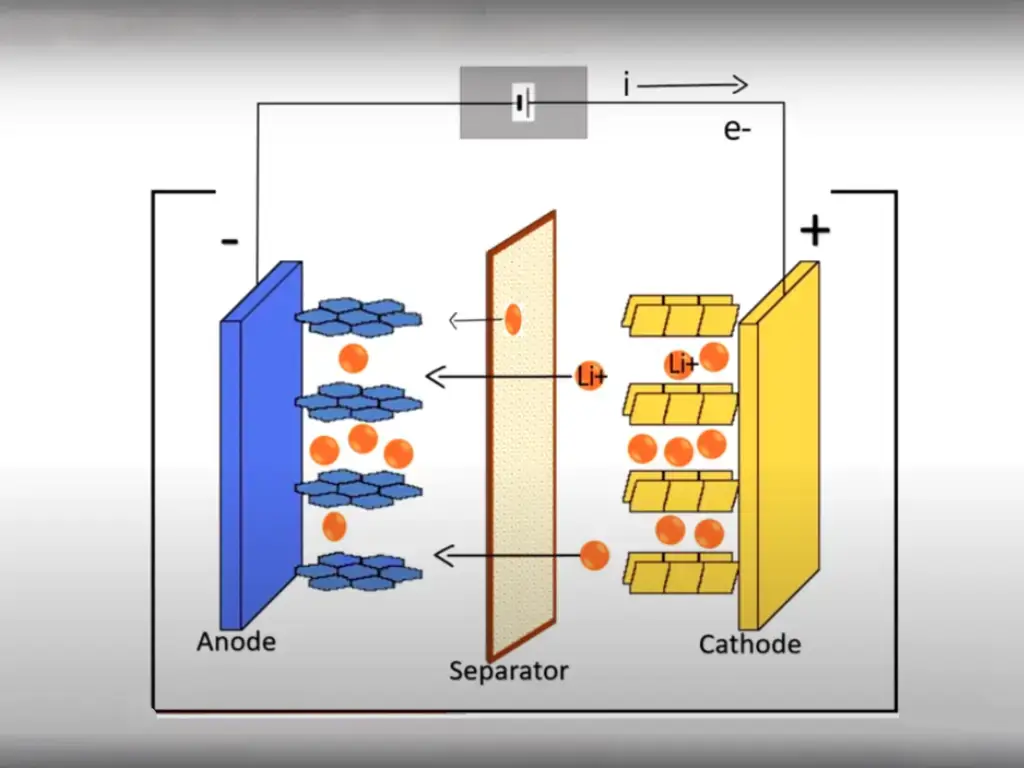Group 31 batteries are a battery sizing standard established by the Battery Council International (BCI). Established in 1924 to advance the lead battery industry, the Battery Council brings together leading North American lead battery manufacturers and other key players from around the world. BCI members account for more than 98 percent of U.S. lead battery production and recycling capacity. BCI sets technical standards for battery manufacturing and actively promotes industry-viable environmental, health and safety standards.

Learn about Group 31 batteries
Group 31 represents the physical size of about 13 inches long, 6.13/16 (6.8125) inches wide, and 9.7/16 (9.4375) inches battery size (330*173*240mm). Although Group 31 batteries do not have a specific amperage rating assigned by BCI size classification. Due to their relatively large specification settings, they mostly fall into the 95 to 125 amp-hour range and are used in many heavy-duty commercial-grade hauler batteries to initiate ignition.
What is a Group 31 deep cycle battery?
When a battery is defined as deep cycle, it means that the battery is designed for deep discharge and charge cycles.
What are the characteristics and applications of Group 31 deep cycle batteries?
These batteries are typically used for off-grid energy storage and marine applications, where they provide a capacity of about 20 hours. Although Group 31 deep cycle batteries are designed for deep discharge, they cannot provide high current, yet they can still be widely used in many off-grid, marine, RV and other applications with the advantage of low current discharge.
What is the impact of the emergence of Group 31 lithium batteries?
With the development of technology and the promotion of sustainable environmental protection, more and more lithium batteries have begun to move towards the ranks of Group 31. Although lithium batteries are a bit more expensive than lead-acid batteries, they are worth it in terms of long-term use value. Among them, LiFePO4 is widely used.
Lithium Iron Phosphate (LiFePO 4 ) Group 31 batteries with protective battery management system (BMS) monitor battery conditions, including voltage, charge/discharge current, temperature, etc., to prevent unexpected events and make battery usage and charging more secure , which can directly replace lead-acid batteries in ships, automobiles, off-grid and other deep cycle applications.
In addition, LiFePO 4 batteries have the advantage of being 2-3 times lighter than lead-acid batteries, and have 5-10 times the charge-discharge cycle life of lead-acid batteries. Make more golf cart lithium battery applications can enter the ranks of community sightseeing and entertainment shopping.
In terms of price, the Group 31 lithium battery has the weight reduction and price difference compared with the lead-acid battery, which makes it suitable for light battery RVs and trolling motors, and can give full play to its advantages in more recreational vehicles. .
Recommended articles:Why so many people like to use LiFePO4 batteries
Summarize
Faced with the growing trend of Group 31 lithium batteries. Indeed, it brings us more surprises than lead-acid batteries, because you no longer have to worry about adding distilled water to your flooded lead-acid batteries, because it can be maintenance-free. You also don’t have to worry about insufficient depth of discharge and insufficient power each time, because it can achieve 80%-100% deep cycle discharge without losing power as the voltage drops. I hope that the use of lithium batteries can bring you and your friends a wonderful experience.
Read related articles:Storage and Maintenance Guidelines for LiFePO4 Batteries




